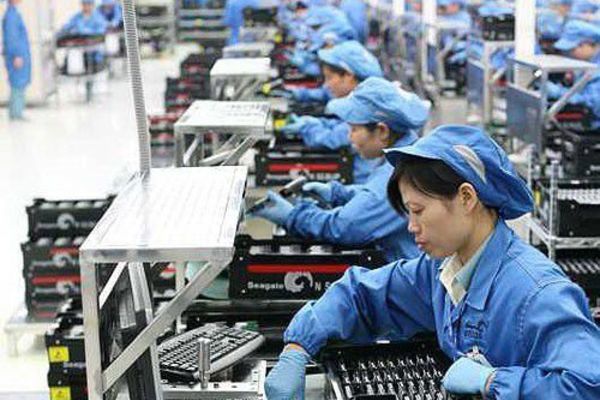Vietnam – Labor market: higher unemployment risk for the better educated
The Covid-19 pandemic caused turbulence in the labor market in Vietnam in 2021.
For the first time in 10 years, the Vietnamese economy witnessed a serious decline in the number of labor market participants and the number of employed people. The average income of workers also fell. The unemployment and underemployment rates both increased, in contrast to the downward trend in recent years.
In 2021, the labor force aged 15 and over reached 50.5 million people, a decrease of 791,600 people compared to the previous year. Underemployment in this age group was more than 1.4 million people, an increase of 370,800 people compared to 2020.
The number of unemployed people of working age in 2021 was more than 1.4 million, an increase of 203,700 people compared to the previous year. The unemployment rate of people in the working age was 3.22%, an increase of 0.54 percentage points compared to 2020.
Although the Government issued policies to proactively and flexibly adapt to the Covid-19 pandemic, while recovering and developing the economy, in 2021, the labor market faced many difficulties compared to 2020. In general, the labor market was severely affected for two consecutive years.
According to the General Statistics Office, the proportion of trained labor force in Vietnam is still low. Of the total 54.84 million people aged 15 and over in the national labor force, only about 13.2 million people have been trained, accounting for about 24.1% of the total labor force.
Currently, more than 41.6 million people (about 76.0% of the labor force) have not been trained to reach a certain level of technical expertise. Thus, Vietnam’s human resources are young and abundant, but their skills and technical expertise are still low.
In fact, the more they are vocationally trained, the higher income they have. But the General Statistics Office found that the group of people with college and university degrees or higher had the highest unemployment rate, with 6.07% and 4.26%, respectively, and those who have never attended and have not graduated from primary school had the lowest unemployment rates, with 1.35% and 1.67%.
The data show that the unemployment rate of the group with a “university or higher” degree was the highest (20.7%), followed by the group with a “secondary and high school” diploma, with 19.0% and 16.7%. The groups with the lowest rate of unemployment are “untrained/unschooled” and those with “primary school graduation,” with the respective rates of 1.6% and 4.6%.
The General Statistics Office said that workers with low qualifications are often willing to do simple and non-specialized jobs with low wages while highly educated people try to look for a job with a better salary.
In addition, the recruitment policy of employers for the group of highly qualified workers affects this rate, because the requirements for trained workers at higher levels are stricter than unskilled workers and also because the group of trained workers often have higher income requirements than unskilled workers.
“This partly reflects that the quality of jobs in the Vietnamese labor market is still low, unable to meet the needs of workers with high technical and professional qualifications,” the General Statistics Office said.
Luong Bang
Source: https://vietnamnet.vn/en/feature/labor-market-higher-unemployment-risk-for-the-better-educated-820607.html


 Thailand
Thailand




